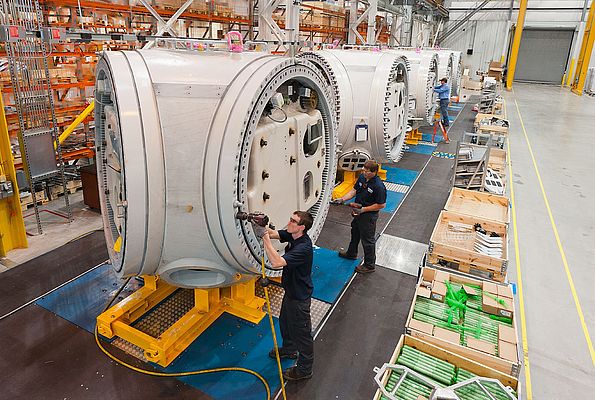2020 is a year that most manufacturers would like to see as an outlier; a year the likes of which should not be seen again. With the COVID-19 pandemic forcing many manufacturers to rapidly adapt and introduce new ways of working, how will these new approaches shape the course of industry in the coming years?
2020 was always set to be a year of unpredictability for the UK manufacturing sector, as it brought with it the end of the transition period of the UK’s exit from the European Union. However, where manufacturers initially planned for ways to secure international supply chains and improve productivity, the COVID-19 pandemic presented a new challenge in ways of working.
With reduced workforces, more staff now working remotely and a complete shift in market demand, manufacturers found themselves needing to rapidly adapt. From our view, UK industry demonstrated an impressive capability to adapt to sudden changes, which should restore hope for many manufacturers in the years ahead. For years, a sentiment that the Novotek team encountered from industrial businesses was that there was a need for reinvigoration in the sector. 2020 showed that industry can adapt to reinvigorate the sector and reap the benefits in the years ahead.
With so much of the workforce working from home, manufacturers need to be able to see what is happening in as many areas of the plant as possible to maintain uptime
However, 2020 did also highlight the shortcomings of many manufacturing operations, particularly in regard to remote monitoring and control of devices and systems. Manufacturers need to see what is happening in as many areas of the plant as possible to maintain uptime. Insight into operations, driven by field-level data collection, is imperative to inform maintenance — particularly with a reduced on-site workforce.
The prospective benefits of connected technologies and automation have been known for years, but 2020 made the value apparent to many. Every remote monitoring system relies upon effective edge technology that can efficiently extract data to a connected system and make that information as useful as possible. This often necessitates effective in-field industrial hardware that can provide edge processing of data, before communicating that data to an industrial data management platform for visualisation and analysis.
In the years ahead as we move through the pandemic, investments in improving remote capabilities will add value to manufacturers by finally allowing them to achieve the efficiency benefits of connectivity. Using field-level data to garner insights, whether that is for maintenance schedules or process improvements, is key to increasing overall plant productivity — something much needed in the wake of COVID, to ensure that operations are robust and safeguarded from future unpredictability.
George Walker





















